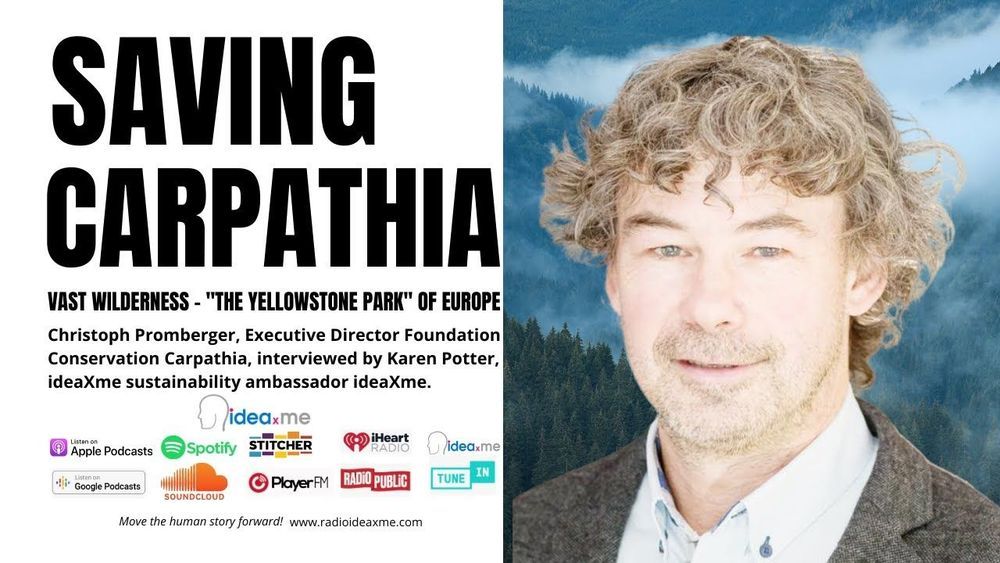Sep 28, 2020
NASA wants ideas for keeping Moon missions powered in the dark
Posted by Genevieve Klien in categories: energy, space
NASA is crowdsourcing ideas for energy systems that would keep Moon missions powered, even in the dark.
NASA is crowdsourcing ideas for energy systems that would keep Moon missions powered, even in the dark.
HyImpulse completed the first hot-fire test of the company’s 16,800-pounds-force hybrid rocket motor on Sept. 15. Credit: HyImpulse.
VALLETTA, Malta — Launch startup HyImpulse successfully tested its 16,800-pounds-force hybrid rocket motor this month at German space agency DLR’s Lampoldshausen facility.
Headquartered in Neuenstadt am Kocher, Germany, HyImpulse is developing its three-stage SL1 launch vehicle designed to carry payloads of up to 500 kilogram to Sun-synchronous orbit. The light-lift launch vehicle will be powered by twelve 16,800-pounds-force hybrid rocket motors — eight on its first stage, and four on its second stage — plus four smaller but otherwise identical engines powering its third stage.
Continue reading “HyImpulse hybrid rocket motor roars to life for the first time” »
DARPA’s near-zero-power sensors have extended battery lifetimes from four weeks to up to four years, but more work needs to be done.

Karen Potter, Director of Sustainability Hub and ideaXme sustainability ambassador interviews Christoph Promberger, M.Sc., Executive Director Foundation Conservation Carpathia (FCC). https://www.carpathia.org
Karen Potter comments:
Continue reading “Saving Carpathia, The Vast Wilderness in the Heart of Europe” »
Scientists have long theorised that there are other types of superconductor out there waiting to be discovered, and it turns out they were right: new research has identified a g-wave superconductor for the first time, a major development in this area of physics.
Superconductors are materials that offer no electrical resistance, so electricity can pass through them with close to 100 percent efficiency.
That sounds great when you think about the potential of super-efficient power grids that don’t lose energy to heat. But there’s a catch. Materials that are able to act in this way usually need to be cooled to ultra-low temperatures before the actual superconductivity starts happening.
Structural coloration techniques have improved display science due to their high durability in terms of resistance to bleaching and abrasion, and low energy consumption. Here, we propose and demonstrate an all-solid-state, large-area, lithography-free color filter that can switch structural color based on a doped semiconductor. Particularly, an indium-gallium-zinc-oxide (IGZO) thin film is used as a passive index-changing layer. The refractive index of the IGZO layer is tuned by controlling the charge carrier concentration; a hydrogen plasma treatment is used to control the conductivity of the IGZO layer. In this paper, we verify the color modulation using finite difference time domain simulations and experiments. The IGZO-based color filter technology proposed in this study will pave the way for charge-controlled tunable color filters displaying a wide gamut of colors on demand.
© 2020 Chinese Laser Press
Long-distance cargo ships lose a significant amount of energy due to fluid friction. Looking to the drag reduction mechanisms employed by aquatic life can provide inspiration on how to improve efficiency.
Fish and seaweed secrete a layer of mucus to create a slippery surface, reducing their friction as they travel through water. A potential way to mimic this is by creating lubricant-infused surfaces covered with cavities. As the cavities are continuously filled with the lubricant, a layer is formed over the surface.
Though this method has previously been shown to work, reducing drag by up to 18%, the underlying physics is not fully understood. In the journal Physics of Fluids, researchers from the Korea Advanced Institute of Science and Technology and Pohang University of Science and Technology conducted simulations of this process to help explain the effects.
Researchers perfect a battery that will let electric vehicles charge faster and drive farther while lasting a lot longer, but don’t expect to see it anytime soon.
For years, solid-state batteries have been heralded as the answer to many of the issues surrounding EVs. The battery technology allows for greater energy density, which translates into more range from the same size pack as a lithium-ion battery. The problem has been that the failure rate is far too high after repeated charging. Also, they’re super expensive. But Samsung may have solved the first issue.
BOSTON, July 27, 2020 /PRNewswire/ — Solid-state batteries keep on attracting tremendous attention and investment with the maturing technologies and closeness to mass production. Even with the influence of COVID-19, the potential market size is expected to grow to over $6 billion by 2030, according to IDTechEx’s report “Solid-State and Polymer Batteries 2020–2030: Technology, Patents, Forecasts, Players.”
Rice physicists set far-more-accurate limits on speed of quantum information.
Nature’s speed limits aren’t posted on road signs, but Rice University physicists have discovered a new way to deduce them that is better — infinitely better, in some cases — than previous methods.
“The big question is, ‘How fast can anything — information, mass, energy — move in nature?’” said Kaden Hazzard, a theoretical quantum physicist at Rice. “It turns out that if somebody hands you a material, it is incredibly difficult, in general, to answer the question.”
